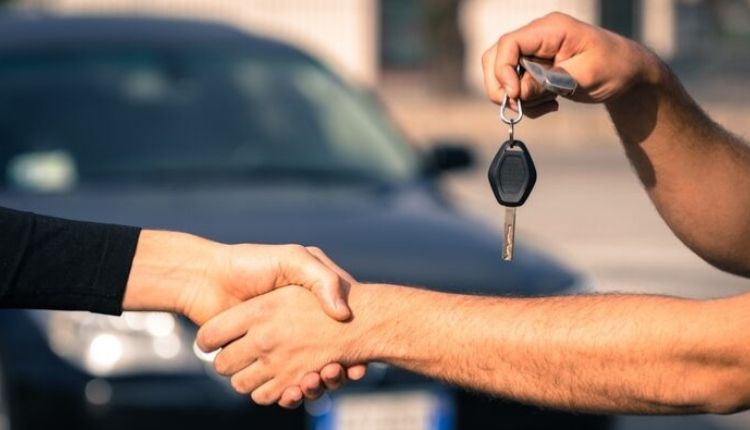
How To Buy a Car Safely
In this article will provide tips for buying a car safely, whether you’re shopping at an established dealership or an individual seller. We recommend not paying with cash and making your purchase contingent upon the car passing a mechanic’s inspection. Also ask for the car check report to see if it has been involved in any accidents or had its mileage altered (odometer tampering). And avoid buying smaller, lighter vehicles because they offer less protection during a crash.
Get Pre-Approved for A Loan
Many lenders allow potential borrowers to fill out an online pre-approval form. This is the first step toward getting a loan, and it lets the lender estimate how much you may be approved for. You will need to provide the lender with some information, such as your employment history, income, debt, and assets. The lender will review your financial situation, and then send you a pre-approval letter stating the maximum loan amount, interest rate, and loan terms that you are likely to qualify for.
When choosing a vehicle, look for one that has both passive and active safety features. Passive safety features include airbags and seat belts, while active safety features can include brake and throttle control systems, traction controls, stability control, and antilock brakes. Before making the purchase, test drive the car. Plan a route that includes a mix of road types so you can discover how the car drives over rough or smooth roads.
Find A Car You Like
It’s easy to get swayed by salespeople, recommendations from friends or your own excitement about buying a new car. That’s why it’s a good idea to narrow down your choices before you go shopping. Start by writing down what your needs are, like how many seats you need or whether you want a hatchback, a sedan, or a wagon. You should also note your budget and consider what features are important to you, such as passive safety (seat belts and air bags) or active safety (lane departure warning or blind-spot monitoring).
Take each potential vehicle on a test drive, preferably over a variety of roads. Make sure you try parking, driving up and down hills, making three-point turns, and accelerating (when safe). Pay attention to noise as well. Minor engine, wind, and road noises can become irritating over time. Also, be sure to try the vehicle at night to see how it performs under headlights.
Test-Drive The Car
The car-buying process is more emotional than analytical, and a test drive is your opportunity to turn imagining into experiencing. Make the most of it by bringing your own set of keys (and a friend or family member who can act as a neutral party) and taking notes. Check the powertrain, including the engine and transmission. Does the car accelerate smoothly and merge into traffic? Listen for squealing when turning, and a thumping sensation in the steering wheel. If the vehicle pulls to one side, it could be a sign of uneven tire pressure or suspension problems.
Make sure you can enter the vehicle easily, and that all of your gear fits inside. If you typically take luggage or golf bags with you, bring them along on the test-drive so you can see how they fit. Also, remember to bring photocopies of your driver’s license and insurance information. Dealership salespeople often ask to hold onto the real documents, and they can be difficult to get back when you want to leave.
Make The Purchase
While it’s true that the car-buying process is more complicated than ever in today’s economic climate, if you follow these eight steps, you’ll be able to shop safely and avoid getting in over your head. We suggest you get preapproved for a loan, research and locate vehicles, test drive them and negotiate prices before you ever step foot on the lot. It’s also a good idea to do a Vehicle Identification Number (VIN) check before agreeing to buy a car. That number is like a fingerprint for a car and it can reveal things about the vehicle such as whether it’s been stolen or has a major safety defect, like the ones that have killed or blinded drivers in recalled Honda cars.
When you finally agree to purchase a car, meet the seller in a well-lit public place and bring someone along. Ask the seller to make payment through an escrow service and verify their identity before you hand over money or the title.
Conclusion
If you’re working with a private seller, make your offer contingent on the vehicle passing a mechanical inspection. Many mechanics can provide this service for around £250. Verify the seller’s identity by comparing information on their driver’s license, registration, and title (if they have one).




